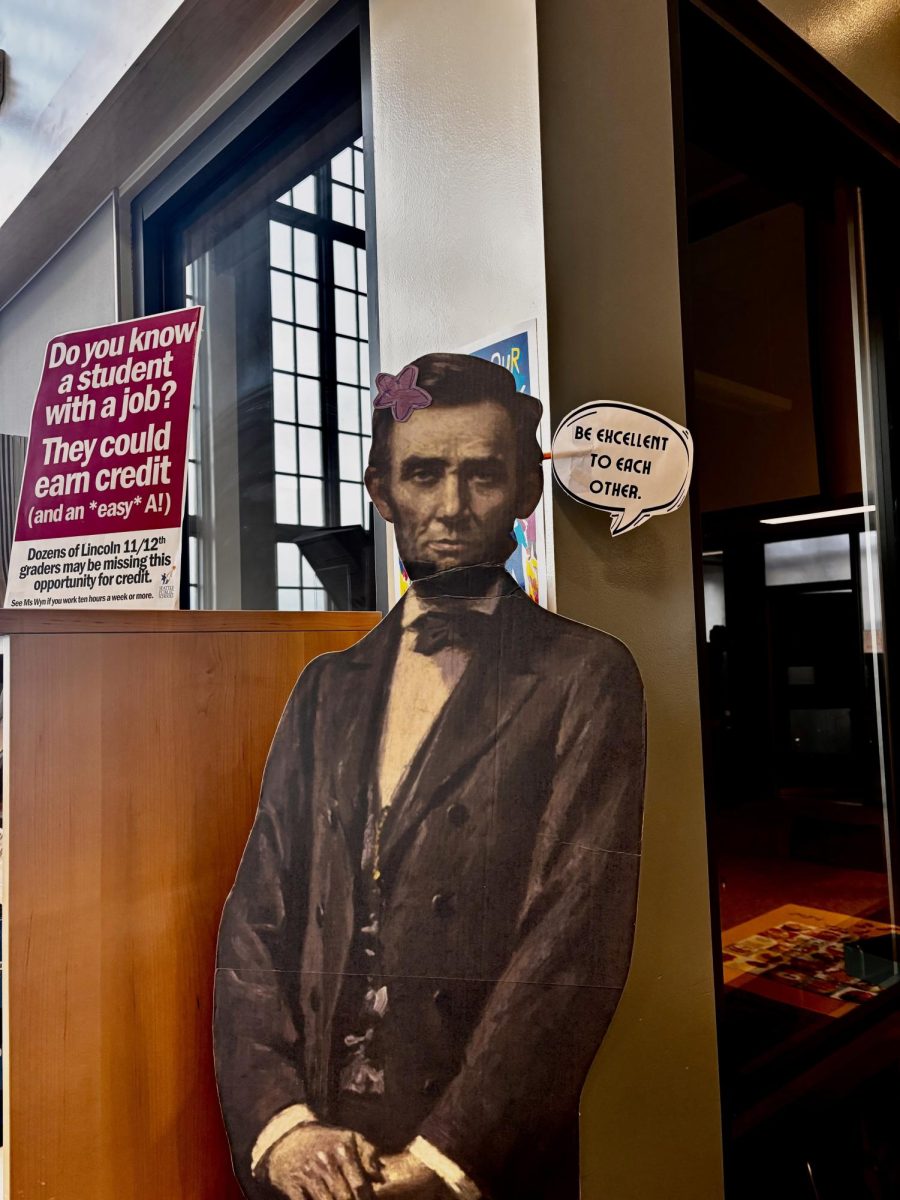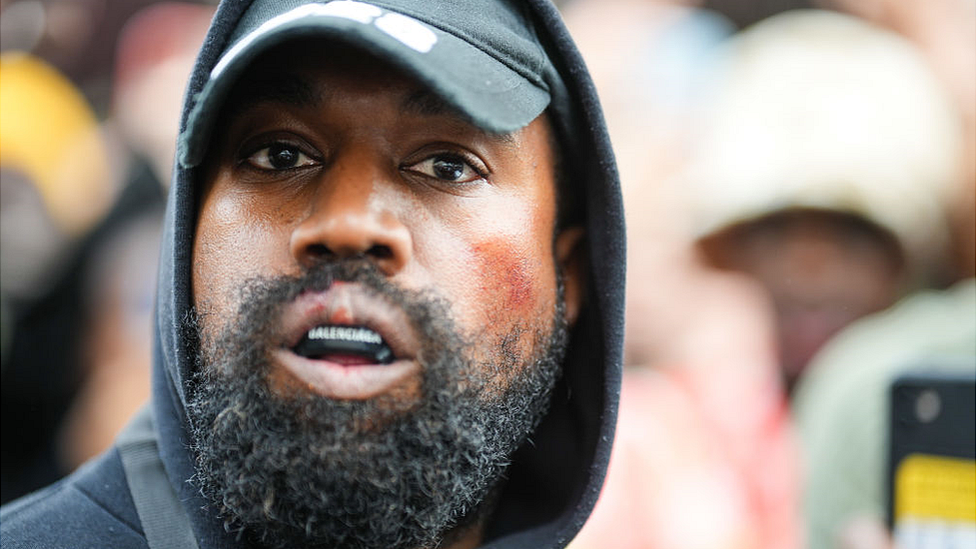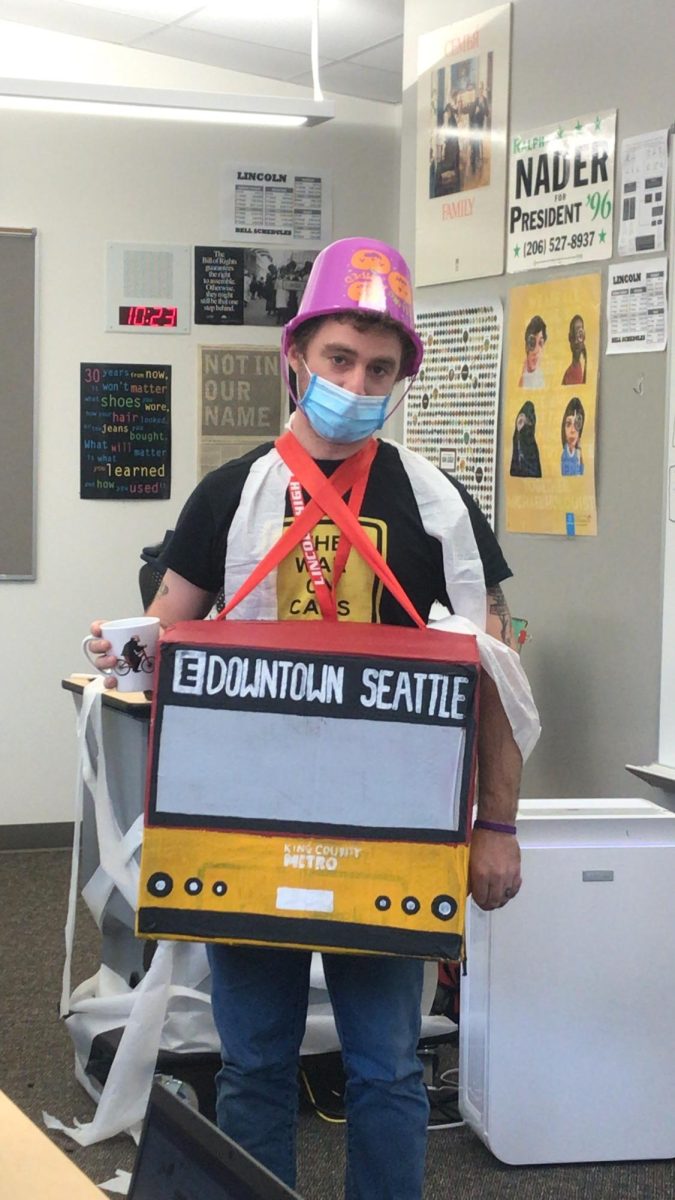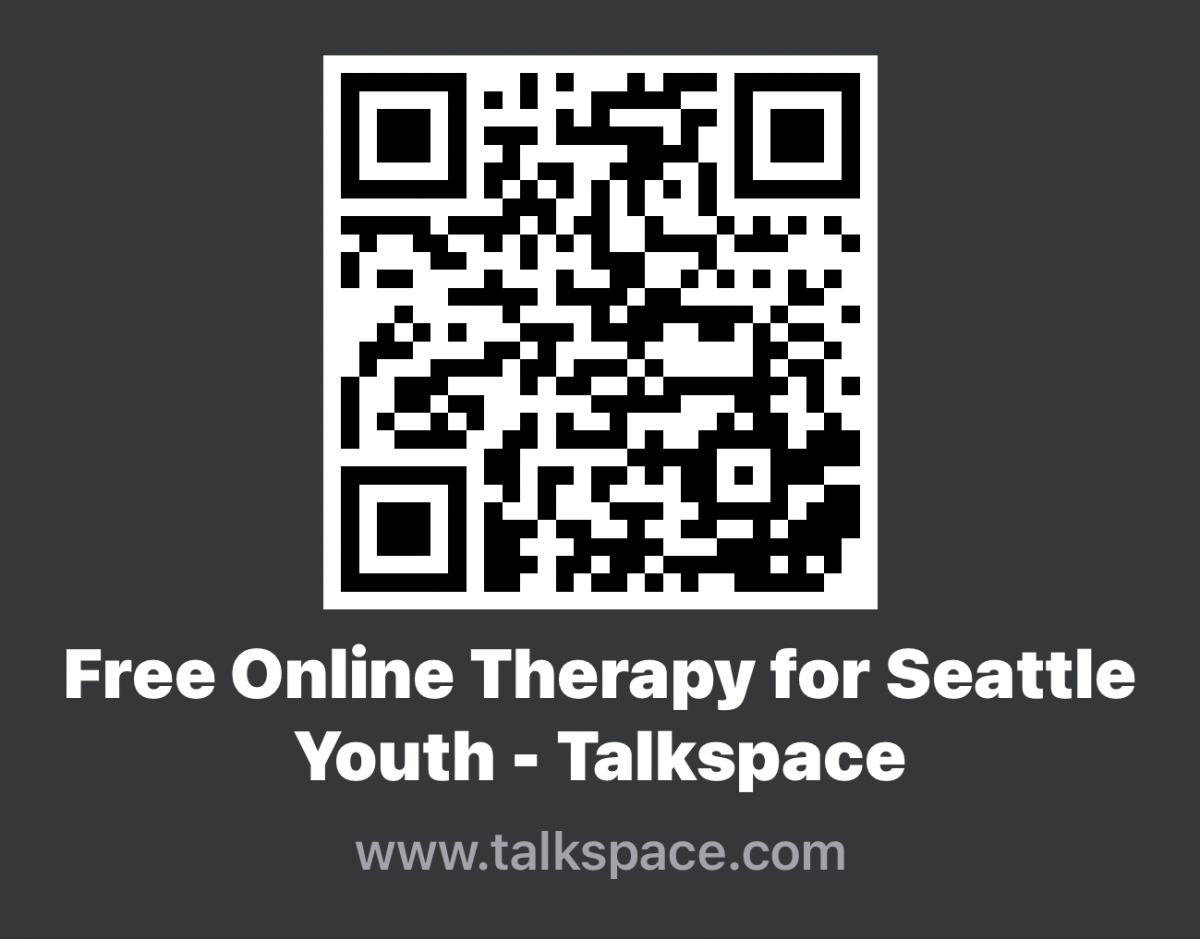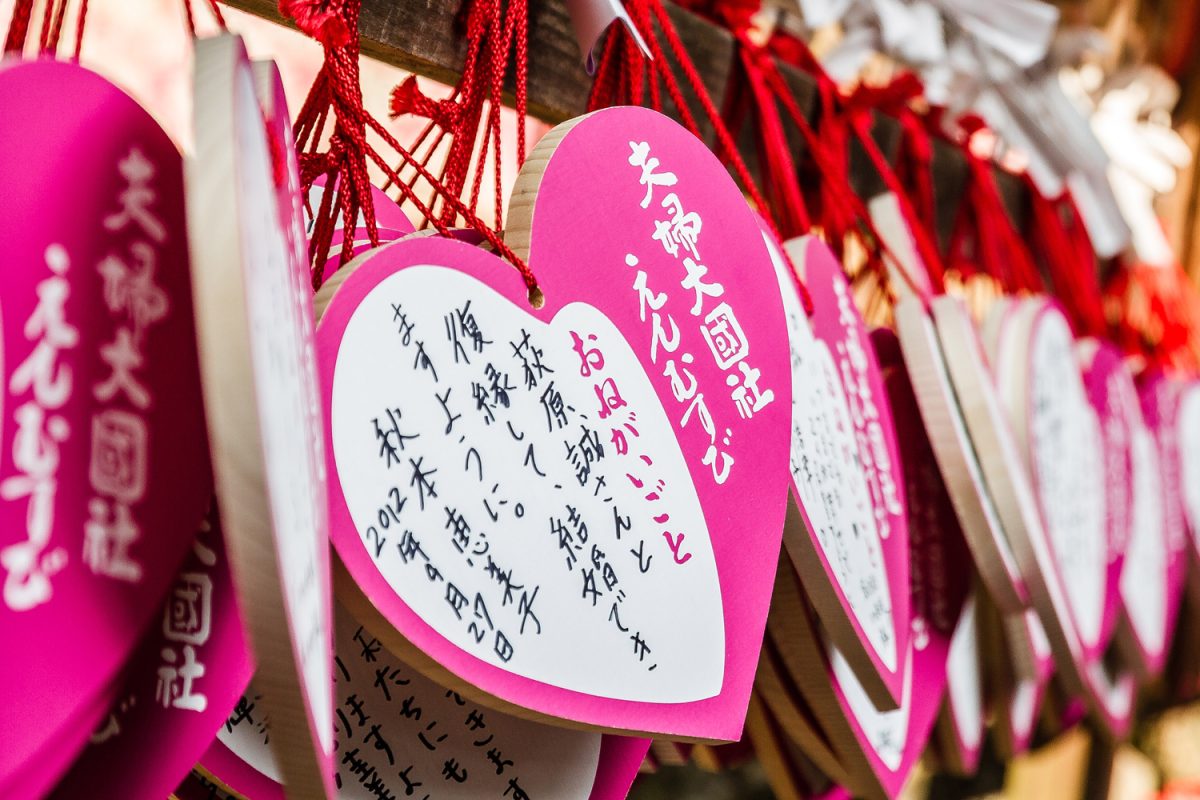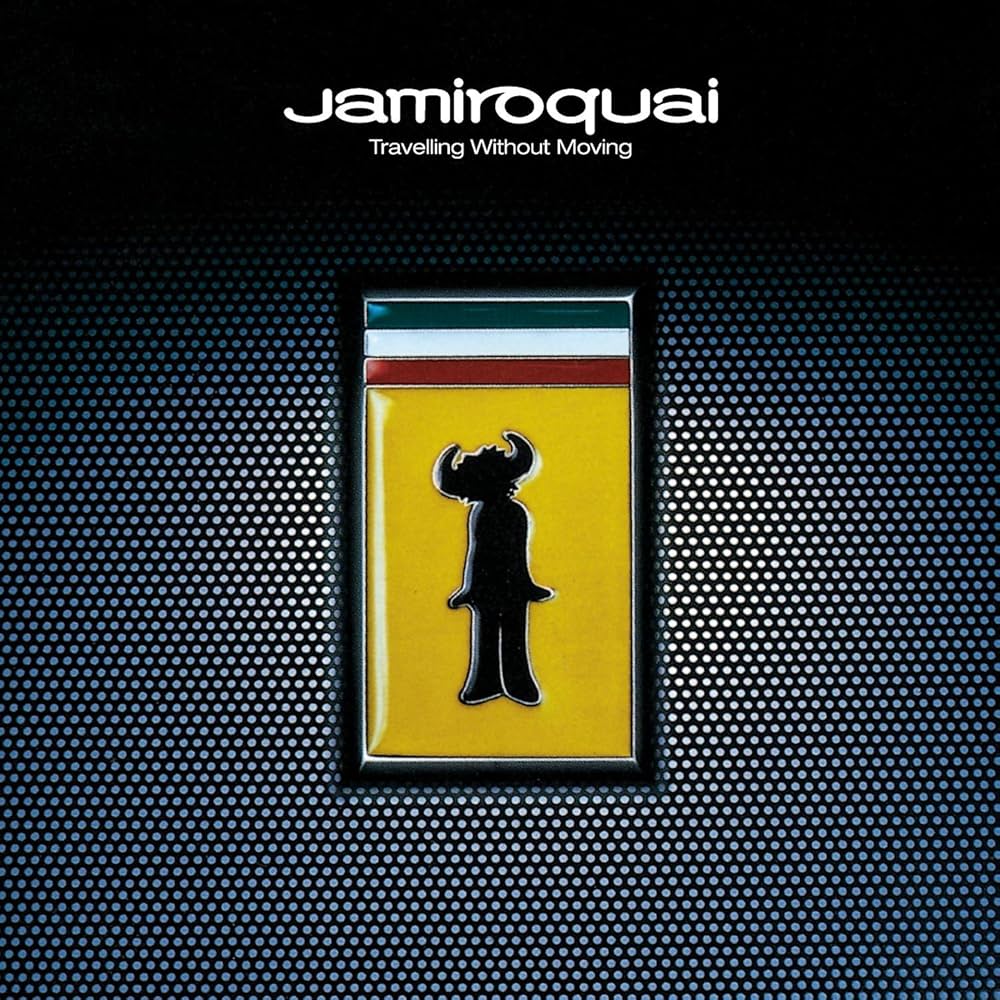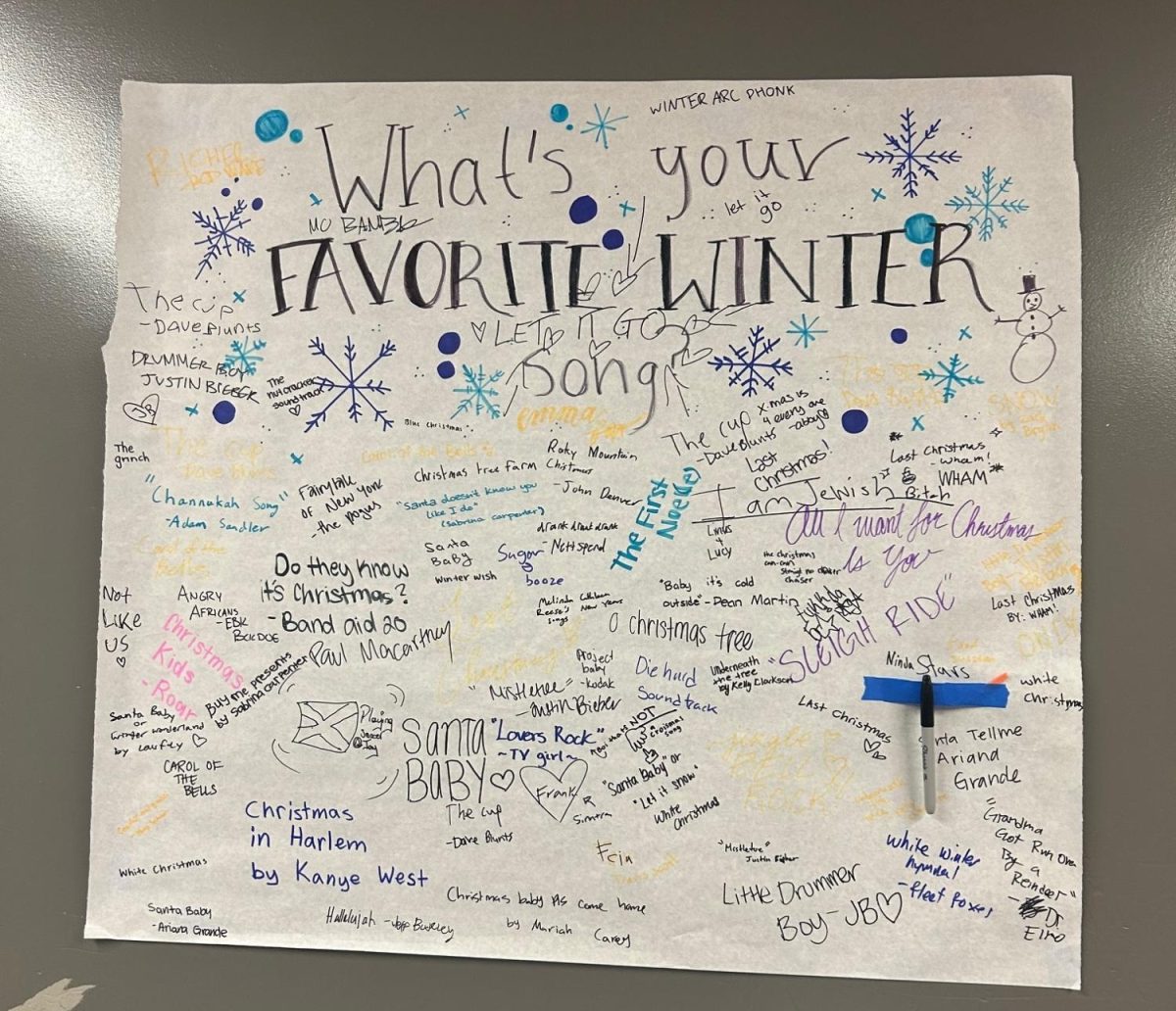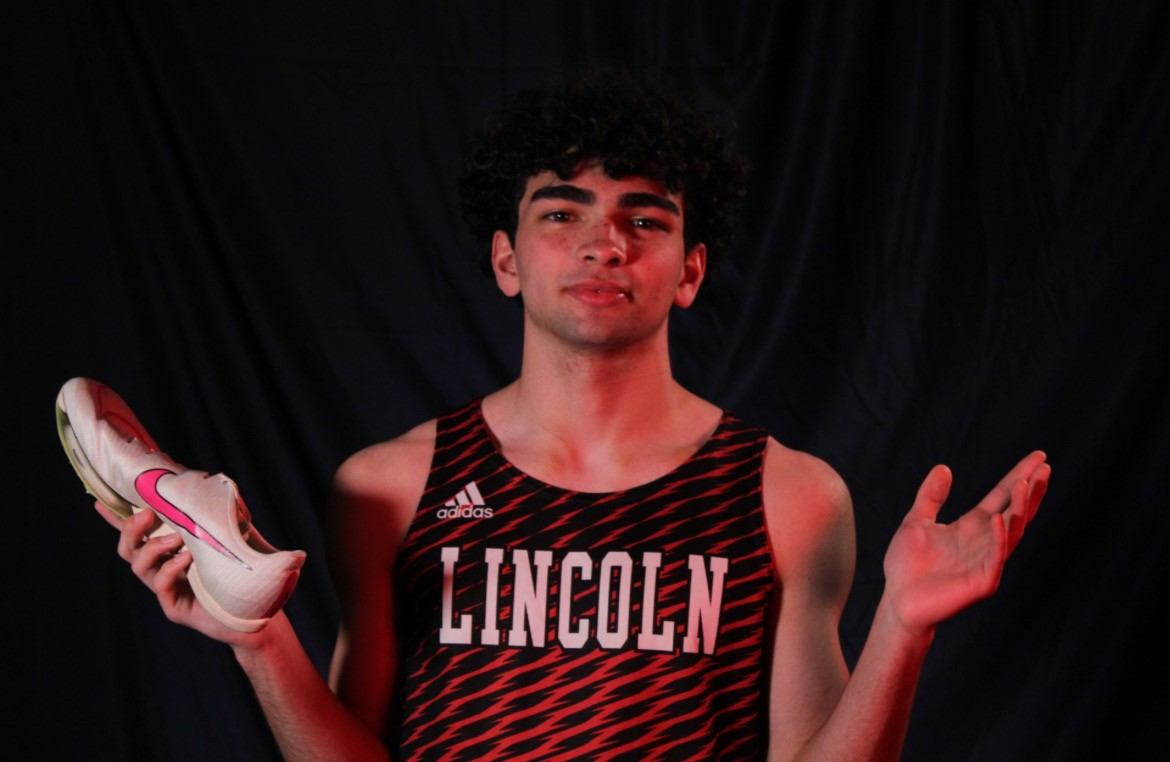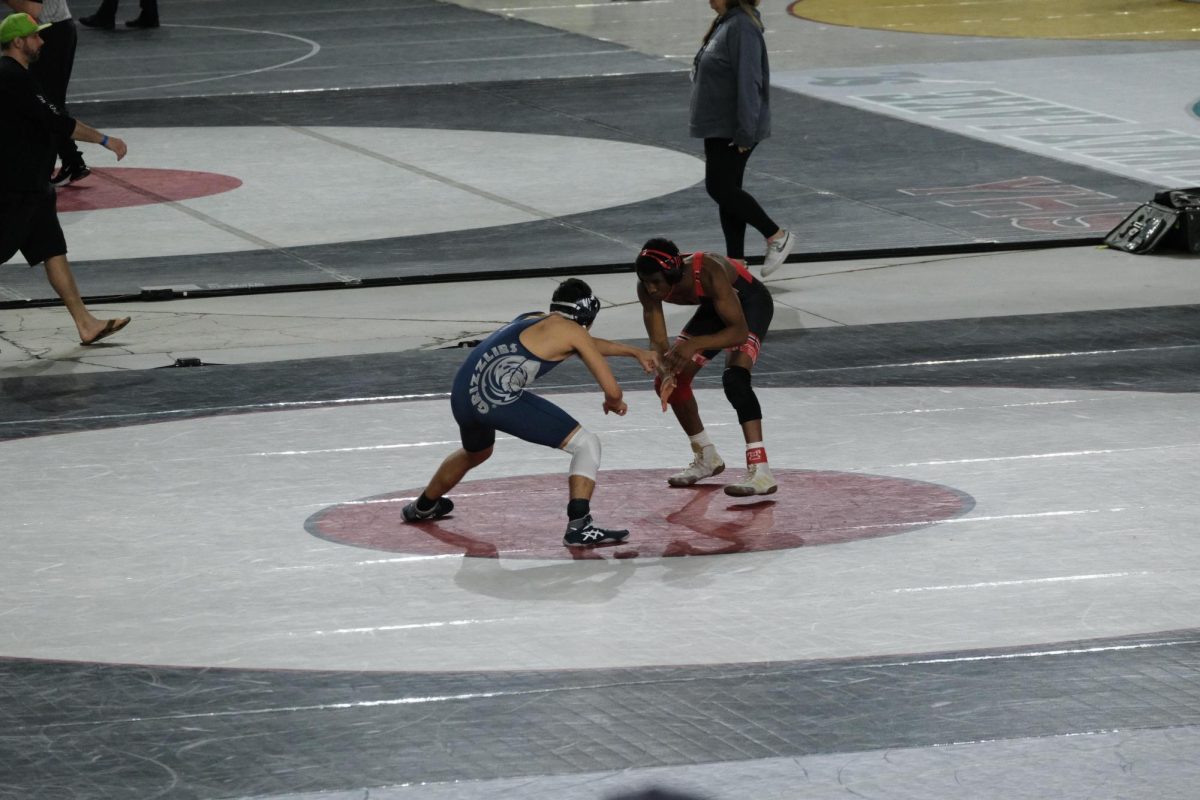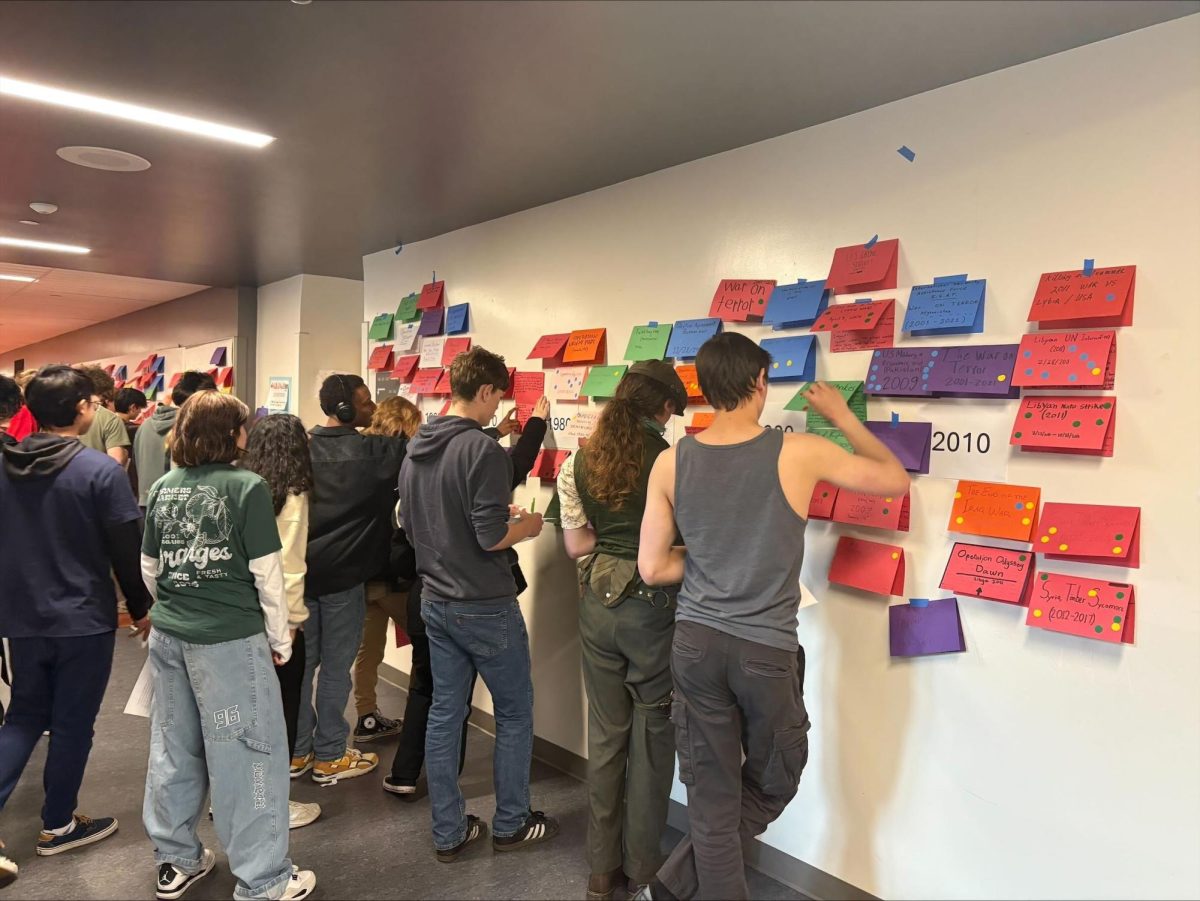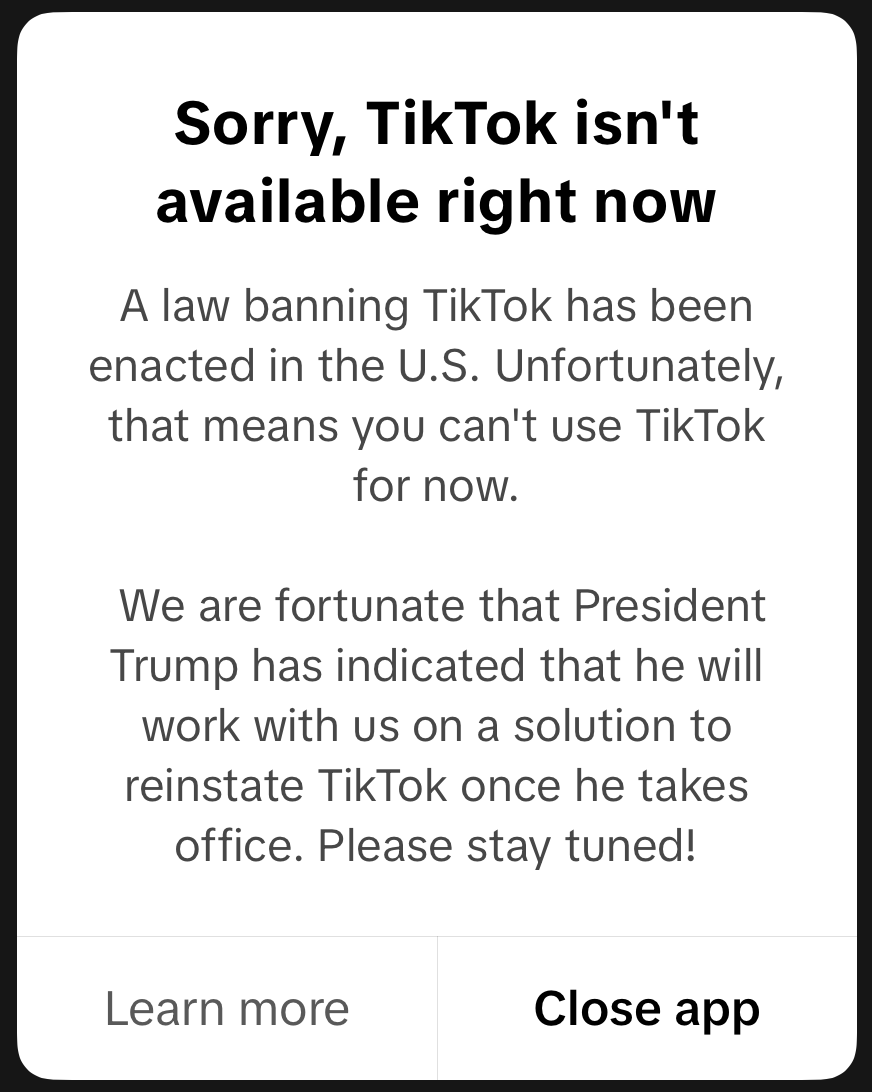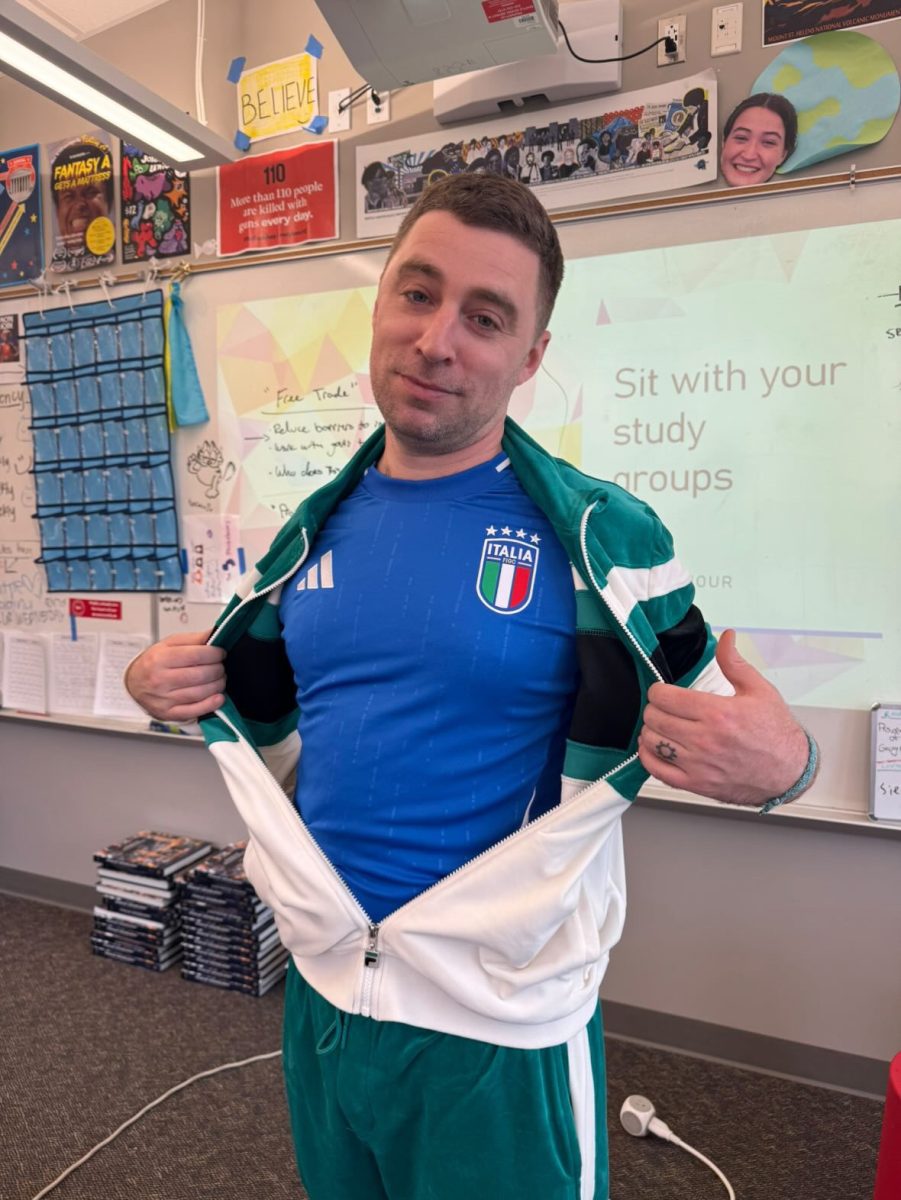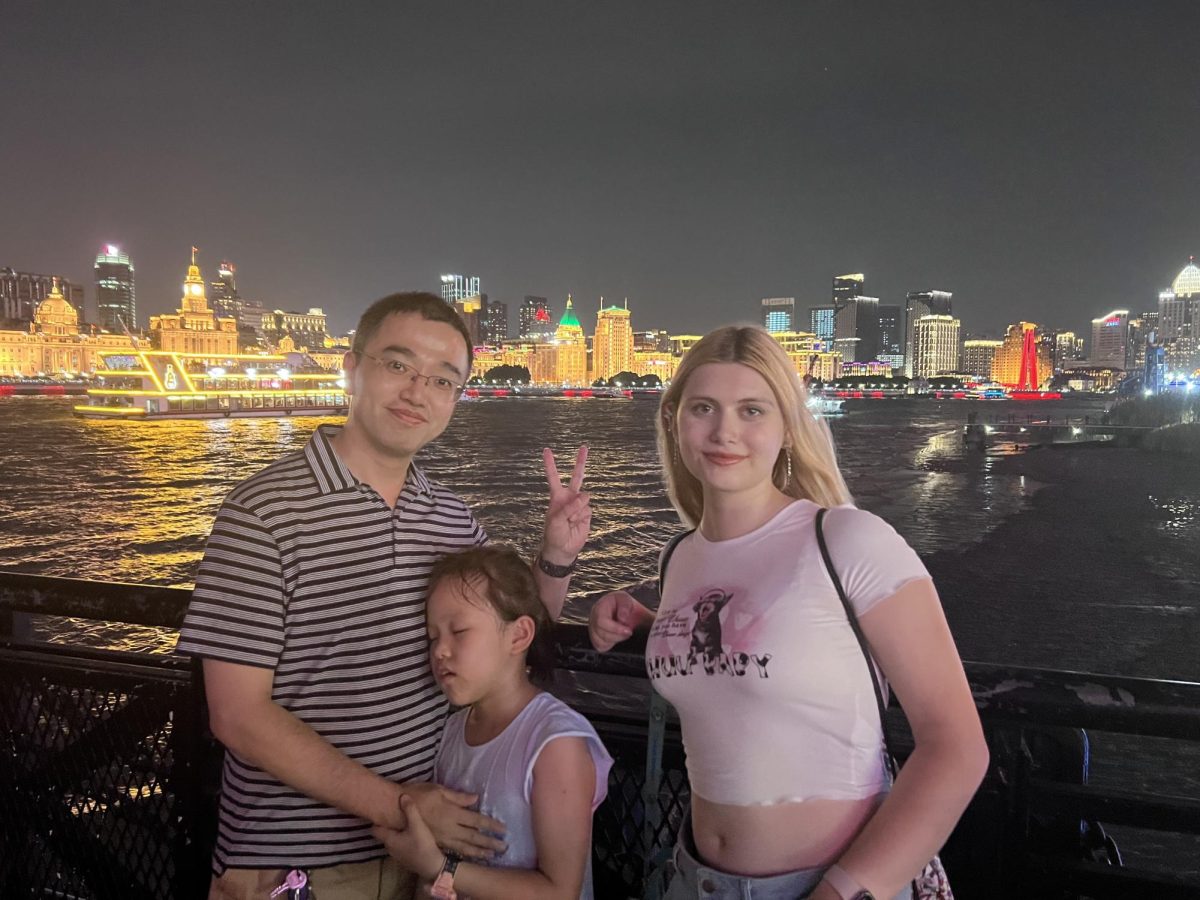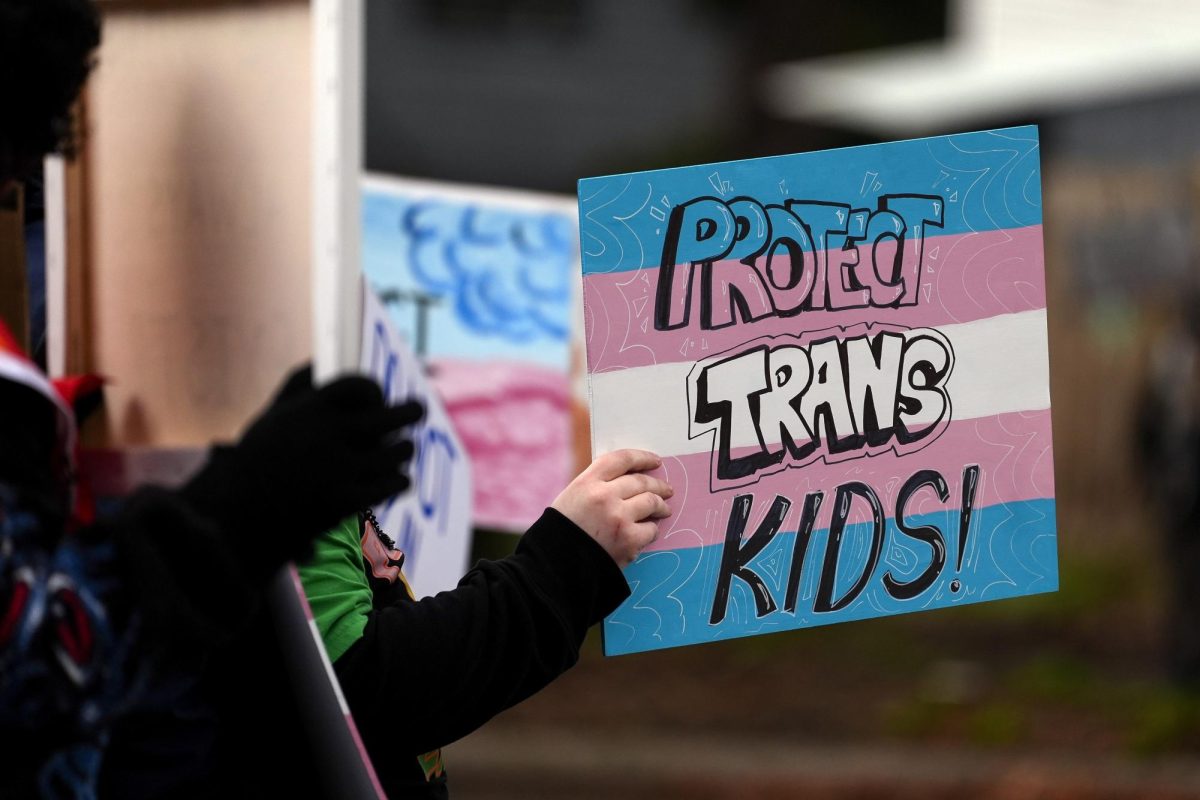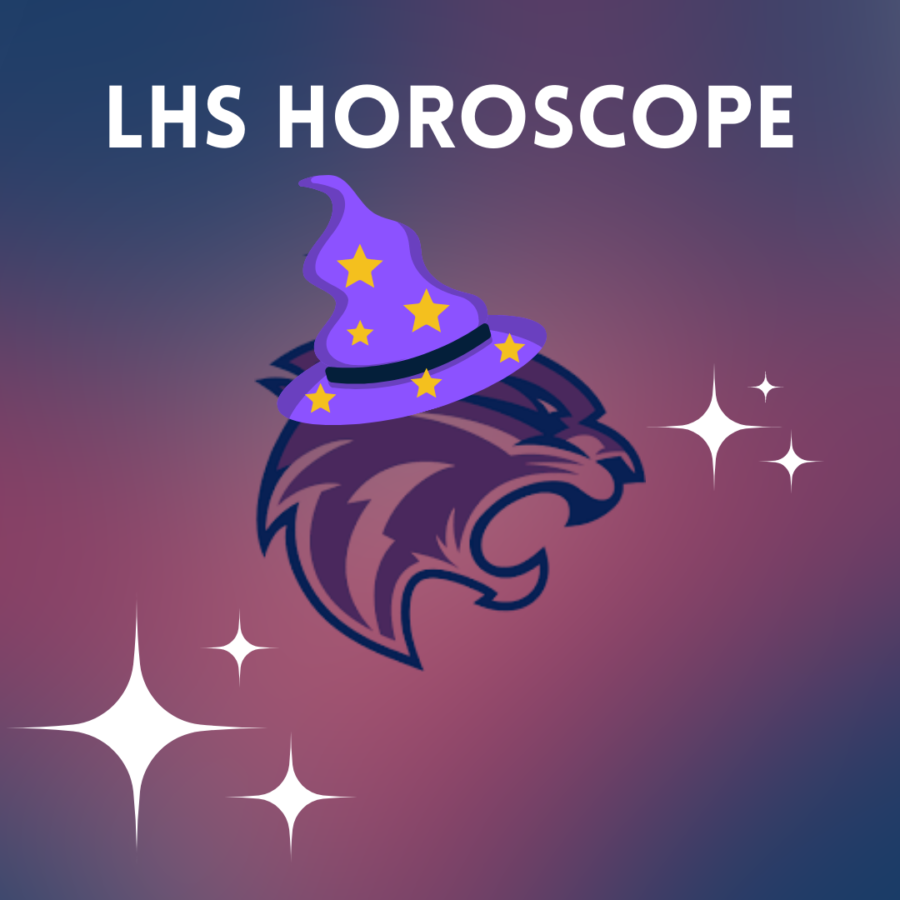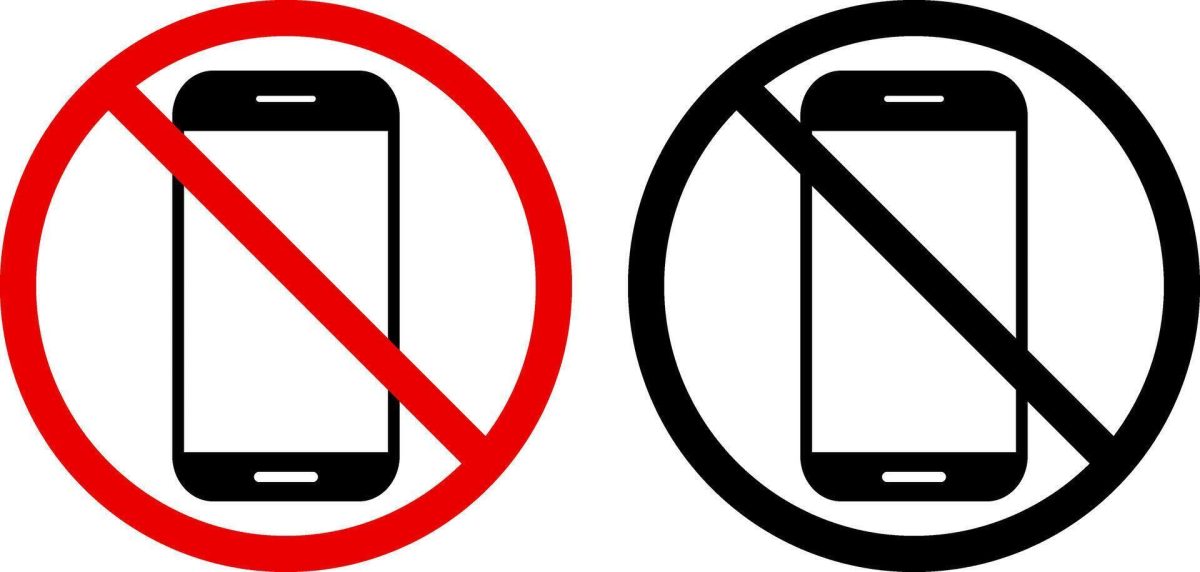The average high schooler in the United States spends approximately 4.8 hours a day on social media. That is about 20% of the day, totaling 33 hours a week.
This affects many high schoolers on a national scale. Americans consume social media at a higher rate than most of the world. Stasia says 93% of people in the US use social media, which is more than the global average of 63%.
With so much time spent on these platforms there are definitely notable effects on all aspects of a teenager’s life. From social changes to interpersonal conflicts, how is this prolonged exposure affecting us?
The media produced and pushed out to teenagers, through carefully curated algorithms, has been proven to decrease one’s self-esteem, and increase the risk of eating disorders among high school-aged students.
A global public health report regarding social media consumption in 2023 analyzed 50 studies, performed by the National Institutes of Health. The report proved that social media use exacerbates these issues due to idealized thinness, self-objectification, pro-eating-disorder content, and image-oriented platforms.
These forms of online interactions are detrimental to both the mental and physical health of the youth. An interview with multiple members of the Teen Health center at Lincoln High School revealed that since the rise of popularity in social media, they have noticed a rapid decline of students’ mental health.
The trends and content of social media push a “Western Beauty Standard and toxic ideology” (Naomi Price-Lazarus, Health educator) that has been proven detrimental to students’ mental health.
Some popular social media trends, which support Pro-Eating Disorder ideas, include:
– thin-spo, (photos of unhealthily thin induvial- usually that are edited)
– WIEAD (what I eat in a day)
– Meal-spo (Promoting insanely low Kcal foods, as a “meal”)
– Body checking (Videos in which someone shows off their body portions)
Social media can also be a platform for bullying, impersonality and harassment. Social media provides a less-personal platform in which it may feel easier for someone to excluded, bully or otherwise harass their peers or even friends. Students may feel left over or neglected when seeing posts of their peers.
Another negative effect of social media use is FOMO. FOMO is an acronym for the phenomenon – ‘fear of missing out Many photos online enhance or romanticize one’s life, food or relationships. Highschoolers constantly have this content shown to them- which can lead to feelings of jealousy or self-pity.
While social media does have a multitude of negative effects, there are some positive impacts. According to Naomi Price-Lazarus at the Teen Health Center, social media can bolster support systems. The online format can connect students to communities or opportunities that might otherwise not be represented.
It can also give teenagers another way to engage with others and develop communication skills. Eleanor Kruse (‘27) stated that “social media connected me to my peers, both those I know in real life and do not. It also opened me up to new opportunities and organizations I would have not known about otherwise”.
Although social media has some positives implications, it is clear that the immense overwhelming negative effects make these online platforms a hostile environment. They damage students’ mental, social, and emotional health on a daily basis. The overconsumption of these outlets for detrimental effects is leading us to a deteriorating social atmosphere.
Categories:
What Does Social Media do to Students?
0
More to Discover
About the Contributor
Antoinette Guy, Staff Writer
Toni is a sophomore at Lincoln high school. She is active in the Teather community. She enjoys writing, acting and roller-skating. She is also super excited to see what journalism brings.

